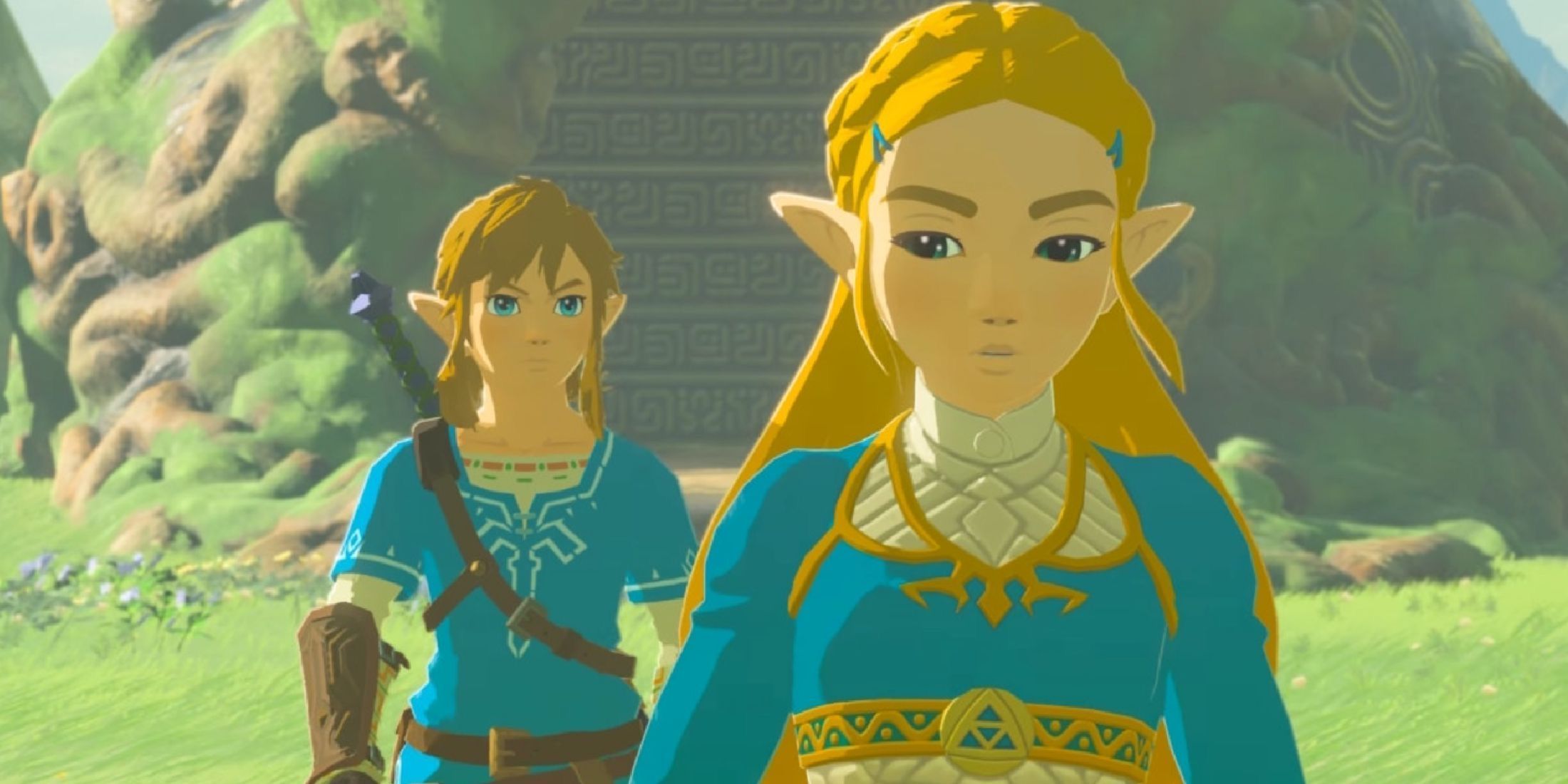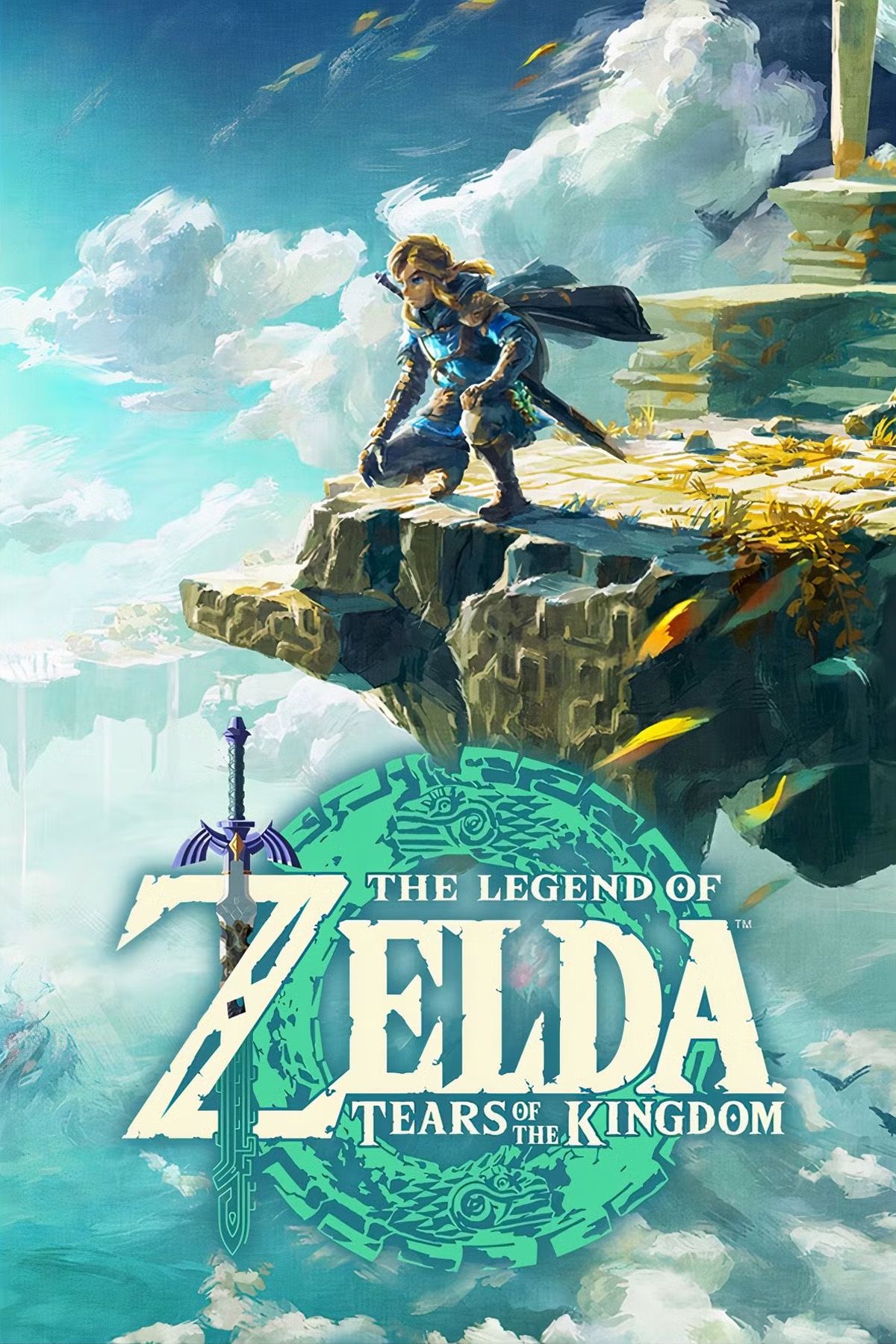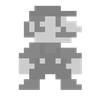When Nintendo announced The Legend of Zelda: Tears of the Kingdom as a direct sequel to Breath of the Wild, it was immediately under pressure to innovate. Past Zelda sequels have sometimes been able to get around this kind of sequel pressure by introducing an all-new setting that works with the previous narrative, but TotK confirmed early on that it intended to reuse BotW‘s map. Though that risked feeling repetitive, Tears of the Kingdom rose to the occasion by adding vast constellations of sky islands, as well as the Depths, a cave system as big as the surface world.
The Depths serve as a dark reflection of TotK‘s surface — literally. It’s quite a bit harder to navigate thanks to the shortage of lighting and the pools of Malice that stand in Link’s way. Unwelcoming as it is, though, it perfectly supports a major part of BotW and TotK‘s spirit, emphasizing the climbing and platforming elements that Breath of the Wild set up and Tears of the Kingdom fleshed out. Both games are in the rearview mirror now, but if Zelda: Echoes of Wisdom‘s map is anything to go off of, verticality isn’t leaving Zelda yet. That means the Depths may have more to say about future Zelda games.

Related
Tears of the Kingdom, Breath of the Wild Should Learn to Share Zelda Notes With Their Sibling
The Legend of Zelda’s arrival on the Switch 2 has come with the Zelda Notes feature, which should be added to another major Zelda game.
The Depths, Tears of the Kingdom, and Future Zelda Games
Breath of the Wild made The Legend of Zelda about climbing in a major way. It wasn’t the first game to highlight climbing — Skyward Sword‘s stamina system was a point of contention in its day — but its true open-world format made climbing more useful and engaging than ever. Tears of the Kingdom only took that further by tripling the map’s verticality. Not only can players use Ultrahand devices to navigate the sky islands, but they’ll spend hours moving up and down from Hyrule’s surface to the Depths.
As great as the sky islands are, though, it’s the Depths that might make a bigger influence on future Zelda games. Its particular lore aside, the Depths makes a more universal case for vast cave systems as a new core part of Zelda games that retain BotW and TotK‘s emphasis on climbing and navigating hostile terrain. It contributes in a few ways:
- Hyrule itself has to have a lot of relatively even terrain for realism’s sake and for ease of travel between the major hubs. The Depths, however, can have as much exaggerated terrain as they like, since that’s natural for a cave
- The Depths’ near-total darkness is a unique hazard that can’t be justified even at night on the surface, adding a new layer to exploration
- The oppressive, claustrophobic atmosphere of the Depths creates an entirely different context for dungeons like the Fire Temple in TotK and encourages vertical elements in those places
- Passing up and down between underground areas and the surface opens unique pathways and puzzle-solving opportunities, as displayed with the process of accessing the Great Deku Tree in TotK
All in all, the Depths make it clear that future Zelda games would be wise to keep experimenting with underground areas if they intend to stay open-world and involve lots of vertical level design. Zelda: Echoes of Wisdom strongly suggests that this will be the case; though it also borrows from old Zelda classics like A Link to the Past, its heavy use of platforming makes it a clear descendant of TotK‘s sensibilities.
Echoes of Wisdom‘s Echoes and Automatons also reflect Tears of the Kingdom‘s blend of magic and machines, but the end result is very different.
The Depths is Only The Legend of Zelda’s First Draft
The Depths may have fit into TotK‘s gameplay loop, but that doesn’t mean there isn’t room for improvement. Aspects of the Depths’ lore remain murky after all this time, so a future Zelda game could make its underground sections more crucial to the main plot. Perhaps it can bring back Skyward Sword‘s Mogmas to populate friendlier areas of the underground, or feature an array of dungeons inspired by real-world underground structures, like a callback to the Ancient Cistern. Now that TotK has opened the door to vast cave systems, The Legend of Zelda should be sure to run with the idea.




